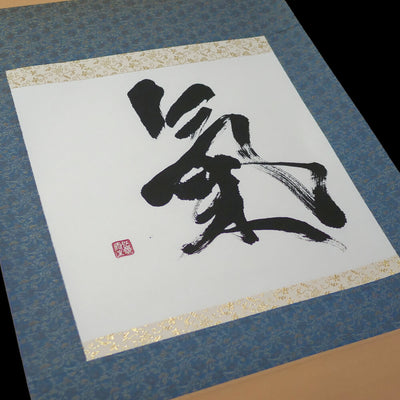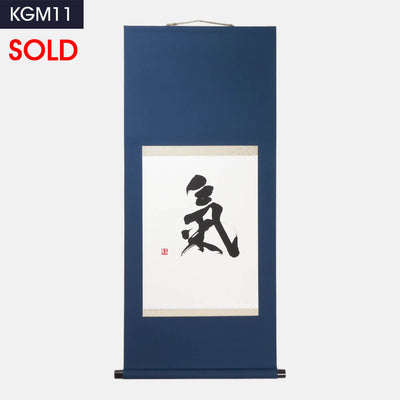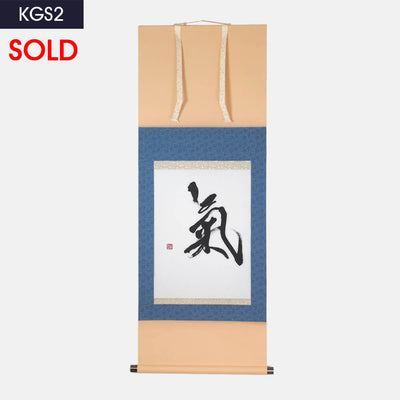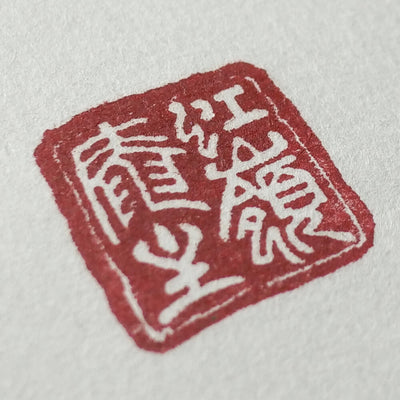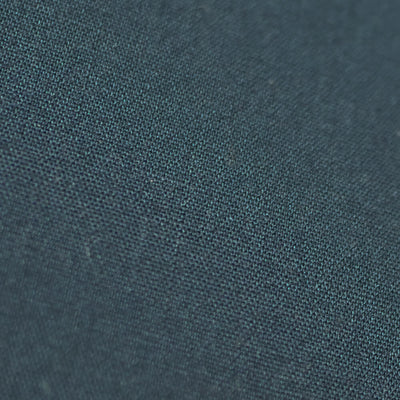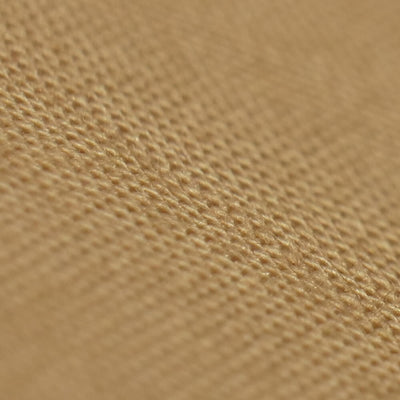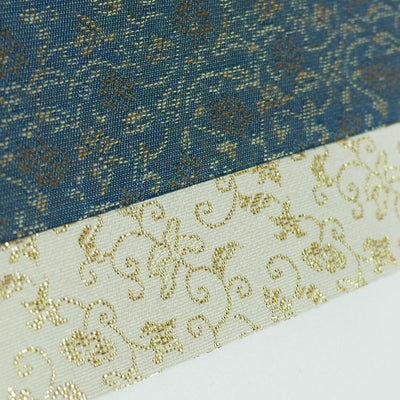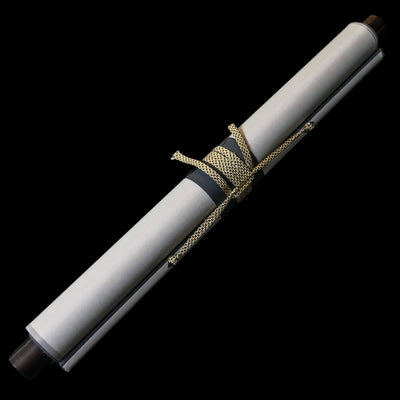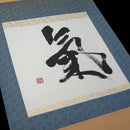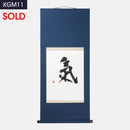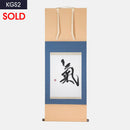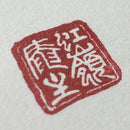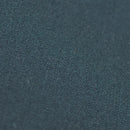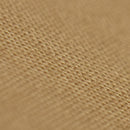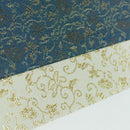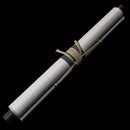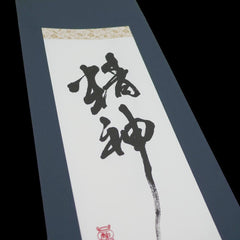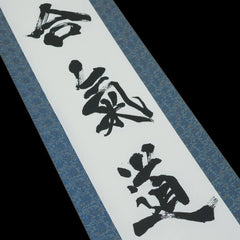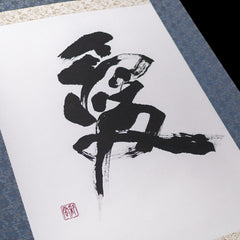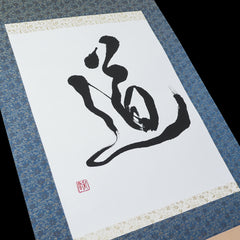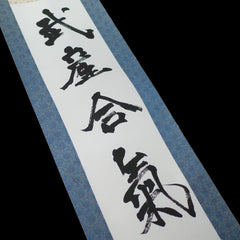Kakejiku - Ki Calligraphy
SKU: SD-KG[X][0]
Product Information & Size Chart
-
Kakejiku - Ki Calligraphy
Made in Japan
Material: Japanese washi paper | Cotton | Synthetic silk
Calligraphy size (paper): 33 cm x 43 cm"Ki", 氣, is one of the most controversially discussed concepts in Japanese martial arts as well as in Chinese martial arts (where it is known as "Chi").
The Kanji is composed of two parts, 米 and 气, respectively "rice" and "air/steam". It is often said that it represents the steam going out when cooking rice, which is consistent with the idea behind the concept of Ki, which translates as "breath, gas, atmosphere, spirit, mind, heart, feeling, mood" etc. In ancient times, the rice was the main source of energy for the human body and was therefore attached to the concept of life itself.
Nowadays, Ki is used in many different words, such as "Kimochi" (feeling), "Kiko" (climate), "Kiatsu" (atmospheric pressure), "Kion" (temperature), "Kiai" (short shout uttered when performing an attack), etc.
In the Budo world as well as in the spiritual world, Ki is the essence of life (which is consistent with the Kanji representing cooked rice), the invisible strength that binds all things. It is why it is at the center of the word Aikido, but also a key concept in all martial arts.
It is a Kanji that was often drawn by Aikido's founder Morihei Ueshiba, as a core concept of his spiritual beliefs attached to Aikido.In modern Japanese it is simply written 気, but the old version 氣, also called Kyujitai, is often used for calligraphy.
This Kakejiku is made of traditional washi Japanese paper. The paper is stuck on a traditional piece of cloth made of pure cotton. The Ichimonji (decorative bands at the top and bottom) are made of a very traditional mix of cotton and synthetic silk called Donsu. The synthetic silk used for this Donsu is made of pre-dyed fibers, which is the best and most traditional process for Donsu production. Made by Master Koreian, this product is nothing but a piece of art, made in the most traditional way. Each piece is, of course, sealed with the master craftsman's seal.
- Maruhyoso Kakejiku: it is made of 4 sections, the top section called "Ten" (Heaven in English), the bottom section called Chi (Earth in English), and the two pillars on the right and left sides supporting Heaven. Because Kakejimu were observed from a Seiza position, providing perspective, the Heaven part is longer than the Earth part, for balance. Full size: 45 cm x 91 cm ~ 103 cm.
- Sandanhyoso Kakejiku: Divided the same way as Maruhyoso, it differentiates by the "Ichimonji" at both the top and bottom of the calligraphy itself. Ichimonji simply means "straight line" and usually refers to a straight strip decorated with a traditional pattern. The Ichimonji part is made of a different fabric. The "Futai", or tassels (two pieces of fabric hanged at the top) are made from the same fabric/pattern as the Ichimonji. Full size: 45 cm x 108 cm ~ 120 cm.
In Shodo, mastery is often divided into 3 categories, corresponding to 3 different styles, each one more advanced than the former, similarly to the concept of Shu-ha-ri: Kaisho, Gyosho and Sosho. Kaisho represents the most basic/academic style, the Kanji are clearly recognizable, and written the same way they would be in regular writing. Kaisho is "the form". Gyosho is the semi-cursive style, a style in which the Shodo practitioner starts to express himself; the Kanji are still easily readable by Japanese natives, but much harder to read for non-native readers. Gyosho is a "digression". Sosho represents the separation from the academic form, a style that allows the master to completely express himself; the Kanji are usually very difficult to read or recognize, even by Japanese native readers. At this moment, we only offer Kaisho and Gyosho fonts so the calligraphy offered here are still readable and therefore suitable for a Kamiza.
In master Koreian's work, the Kaisho is a little more cursive than the usual Kaisho that would produce a lower-level student. The Gyoshotai is not yet Sosho but looks very personal, much more than what is traditionally expected for a Gyosho production.To order this product, please refer to the number in the upper left corner of each picture, and select this number in the option field.
Each piece is unique. Upon placing the product in your cart, the product is reserved for a short amount of time. Should you leave the website, it will be made available for other customers. We do not accept reservation: first come, first served. -
Product & Services
Accessories
Order today and we will ship before
Order today and we will ship before
